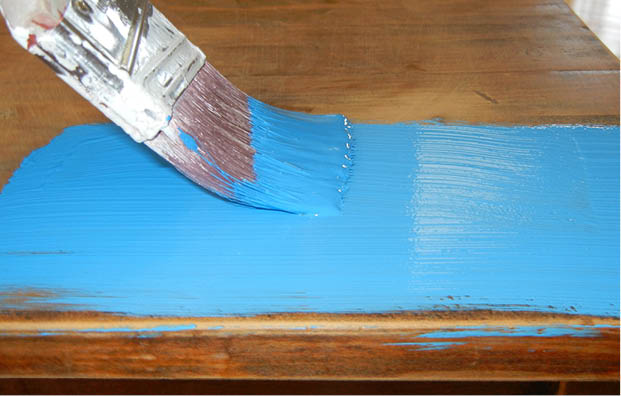Instead of scrapping a tired piece of furniture, why not get creative and try upcycling it? We take a look at the popular trend and give some tips on how you can give it a go at home.
Whether or not you’re familiar with the term ‘upcycling’, you’ll recognise the process. It’s a way to creatively refashion old, thrifted or discarded items and turn them into something useful or beautiful.
What is Upcycling?
Upcycling is different from recycling, as the original item is still very much part of the end product, whereas in recycling the original product is broken down and made into something different. Often, an upcycled item is better quality than it was beforehand, as it’s repaired or updated.
In the past upcycling was very commonplace – refashioning clothes into something new, unravelling jumpers to re-use yarn, and reupholstering old furniture. It may not have been called upcycling, but when funds were low it was a way to be creative and still keep household items and clothes relevant.
It can be particularly satisfying to upcycle an item that’s currently unusable but has sentimental value, as you’ll give it a new lease of life.
How to Upcycle
If you have a little creative flair and clothes that no longer fit, furniture that’s past it’s best, or even old wine bottles and suitcases, upcycling could be for you.
People who are already crafty will find it easy to take to upcycling, but there are lots of upcycling projects out there that suit the less DIY-savvy out there. If you’re not normally one to make things with your hands, then start small – you may be impressed with what you achieve.
To begin with, why not try upcycling:
- Jam jars. Instead of recycling old jam jars or mason jars, upcycle them. They are able to withstand high heats, so make perfect candle holders, and look great with a little coloured sand or stones in the bottom. You could also use them as planters for seeds, or vases for seasonal flowers.
- Vinyl records. You’ll find tutorials out there on how to turn vinyl into clocks, coasters and even wall decorations, but vinyl bowls make a particularly satisfying upcycling project.
- Tin cans. Just like jam jars, these everyday pieces of rubbish that we’d normally recycle can be upcycled into storage for stationary, kitchenware, plants and flowers. They can also make unique lanterns, if you have a hammer, nails and a little patience.
- T-shirts. There are thousands of tutorials online made to help you turn your old, unloved t-shirts into flowers, skirts, pillowcases, scarves and necklaces. For something a little different, though, a macramé planter made from an old t-shirtis a great project.
- Old, sturdy suitcases and travel chests can be easily upcycled into shelving units or coffee tables. If you have a grandchild who likes playing with dolls, though, consider turning an old suitcase into a one-of-a-kind portable dollhouse.
Furniture Upcycling
Once you get into the swing of easy upcycling, you can take it to the next level and start to work on larger pieces, like furniture.
Upcycling furniture is a great way of customising your interior decorations, refreshing family treasures, or decorating your house without spending a fortune. Look for items that could be spruced up with some sanding and a varnish, with new paint, with a little reupholstering or by adding new handles or embellishments.
One of the most popular ways to upcycle furniture is to strip it and repaint it with a distressed look – something that is much easier to do than you might think.
You can source furniture to upcycle at flea markets, car boot sales, in charity shops, or on sites like eBay or Gumtree. You might also find great things to upcycle at antique fairs, but be sure that you’re not going to reduce the value of an antique by painting or reupholstering it!




1 Comment
Hi Mark, Worms are great, and I hope to be adding a setcoin on that. I have natural worm beds under my rabbit cages for their manure (which doesn’t have to be composted, but it doesn’t hurt) and I have bins of worms for composting kitchen stuff. The chickens turn the outside compost pile (I put it in the chicken yard for that reason). But the stuff in the coop is hot it has to compost some time (generally months) before it’s safe to put in the garden. I use the deep litter method, so I probably actually have a good 6 inches of compost in the floor of my coop, but I still let it set when I take it out since I’m sure there’s plenty of fresh poo in there too. Worms are great, but I still wouldn’t put the chicken manure on the garden fresh. What I do often do is clean the coop when the garden is resting so I can move it straight out there, and it’s composted by the time I plant a few months later.